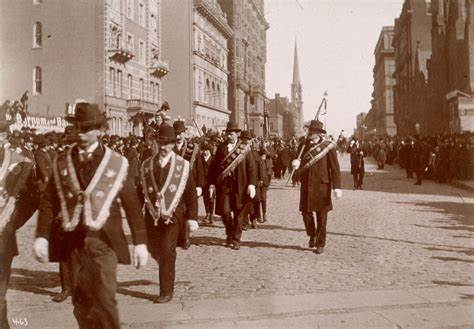History of St. Patty’s Day!

March 6, 2023
Have you ever wondered where St. Patrick’s day originated from? While this holiday may just seem like a silly excuse to wear green, there is much more to unpack from its origins, history, and cultural traditions.
Who was St. Patrick? Born in Roman, Britain, he lived during the fifth century as the patron saint of Ireland and its national apostle. At 16, he was kidnapped and brought to Ireland as a slave. He eventually escaped, and later returned to Ireland to bring Christianity to its people. This holiday is celebrated on March 17th of every year, which is the anniversary of his death.
Surprisingly, the first St. Patrick’s day parade took place in America in 1601 in a Spanish colony now known as St. Augustine, Florida. Over a century later, Irish soldiers marched in New York City on March 17, 1772, to honor St. Patrick. Today, the New York City St. Patrick’s Day Parade remains as the world’s oldest civilian parade and the largest in the United States with over 150,000 participants!
What do clovers have to do with St. Patrick’s day? The most well-known legend of St. Patrick is his explanation of the Holy Trinity (Father, Son, and Holy Spirit) through the use of a three-leaved native Irish clover, the shamrock.
How do leprechauns relate to St. Patrick’s day? The original Irish name for these creatures is “lobaircin,” which means “small-bodied fellow.” This relation to St. Patrick’s day most likely stemmed from the Celtic belief of fairies or tiny men and women with magical powers. In Celtic folktales, leprechauns were shoe menders. They were also known for their trickery, which they often used to protect treasures.
St. Patrick’s Day is celebrated around the world, including countries such as the United States, Canada, Australia, Ireland, Japan, Singapore, Russia, and many more. A few popular recipes that surround this holiday include Irish soda bread, corned beef, cabbage, and champ. Champ is an Irish dish consisting of mashed potatoes, scallions, and sometimes peas.
On March 17th, remember to reflect on who St. Patrick was, why we celebrate his death, and the cultural traditions that surround this holiday!
Source: St. Patrick’s Day: Origins, Meaning & Background – HISTORY – HISTORY

